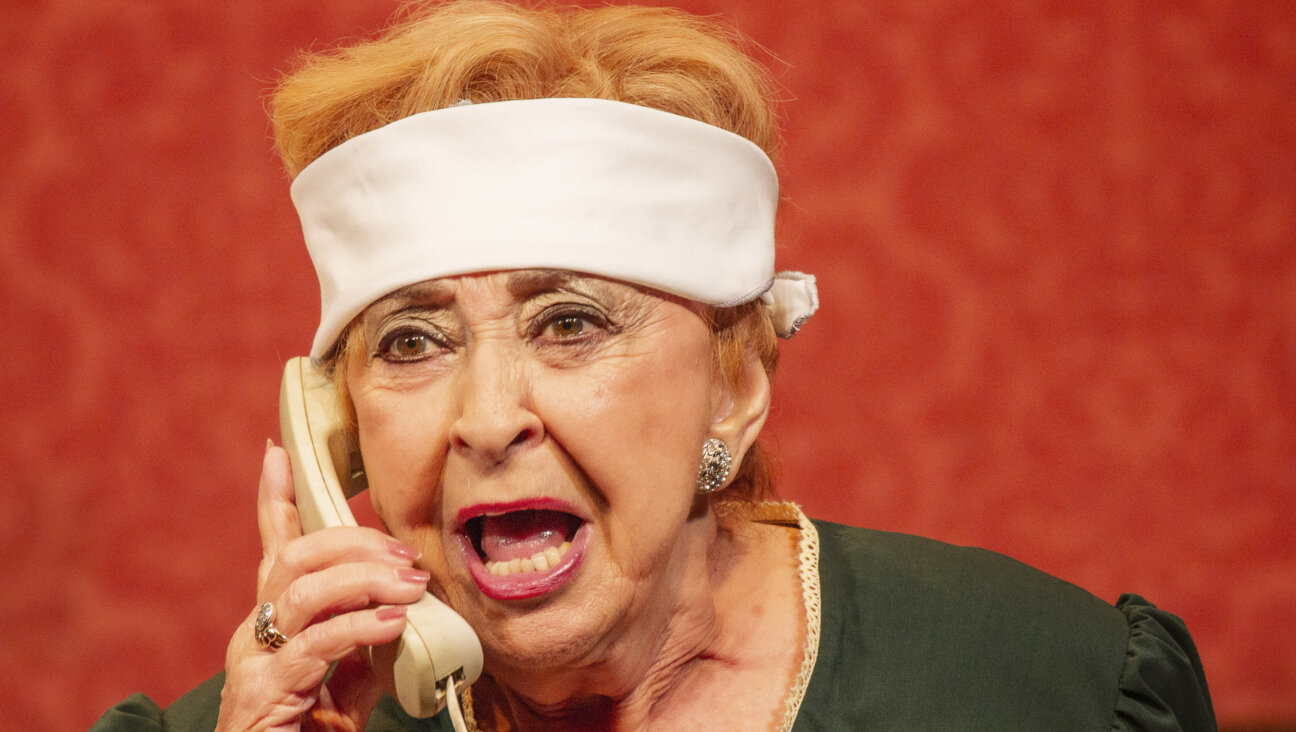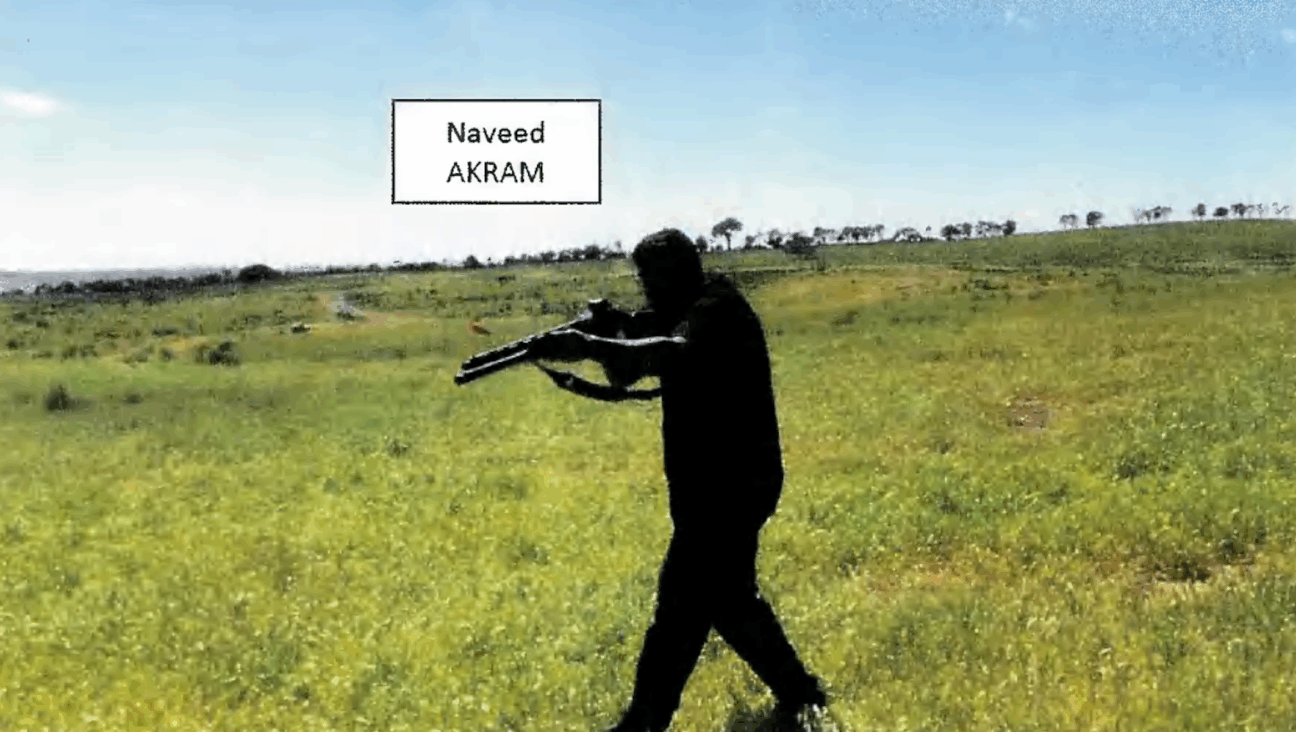More Controversy-Plagued Holocaust Records Transferred to Museum
A second batch of Holocaust-era documents from the Bad Arolsen archives in Germany has been transferred to the United States Holocaust Memorial Museum, adding another 8.5 million digital images to the museum’s collection of nearly 18 million.
The new batch of documents consists of information about people whom the Nazis drove into forced labor during World War II and includes records for many non-Jews. The latest round of documents was transferred to the Holocaust museum August 25.
The documents add to the museum’s 17.9 million digital images of incarceration records, which were transferred last summer. Those documents include records on concentration camps, Gestapo arrests and transports, as well as prison reports. The collection also has 2.3 million registration cards of displaced persons, and a central name index that has about 50 million cards used to identify individuals while referencing documents where information on those individuals can be found.
In the coming years, Bad Arolsen will transfer digital images of displaced person files, as well as resettlement documents and records of every inquiry made since the archive was assembled.
Though these meticulous records, which were logged by the Nazis and compiled after the war, were kept private for years by the International Tracing Service archive in Bad Arolsen, Germany, the documents were transferred as part of an agreement by 11 nations to make the information publicly available to survivors, family members and researchers. Under the agreement, each country received a single copy of the archive.
The Holocaust Memorial Museum was selected as America’s repository for the information. Those who want to search the records must go to the museum and do so on site, with the help of trained researchers.
The museum has faced continued criticism from many Holocaust survivors and family members who feel that they are being denied speedy access to the information. The digital archive, they argue, should be made available on the Internet and should be shared with institutions across the country for those unable to travel to Washington.
In response, the museum now permits Holocaust survivors and their families to send in their inquiries and have museum staffers do the research for them. Even so, the protests have not subsided.
“Being required to work through an intermediary where the survivors can’t actually open up full documents at their own pace and explore, unless they’re in Washington, D.C., they miss so much,” Daniel Kadden explained. The child of Holocaust survivors, Kadden has been involved in Holocaust research and education for most of his adult life.
Though the files are digital, they are not easily searchable, warned Paul Shapiro, director of the museum’s Center for Advanced Holocaust Studies. Shapiro has been the target of much of the criticism.
In order to answer inquiries, the museum has trained a team of researchers on how to search the documents. Several staff members were sent to Germany to learn from the team at Bad Arolsen, and additional staff members have been hired to handle the volume of inquiries the museum has received.
In order to address concerns that the information is not getting out quickly enough, the museum also purchased several custom-made scanners last spring to speed up the digitization process.
















